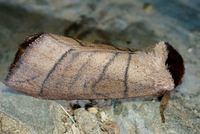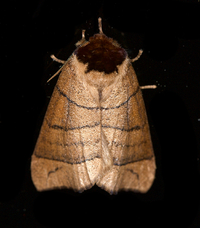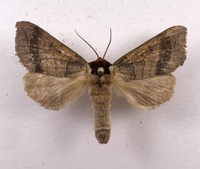
| Recorded by: R. Teper on 2025-08-16
Orange Co.
Comment: | 
| Recorded by: Mark Basinger on 2025-06-23
Buncombe Co.
Comment: |

| Recorded by: Mark Basinger on 2025-06-23
Buncombe Co.
Comment: | 
| Recorded by: Mark Basinger on 2025-06-15
Rowan Co.
Comment: |
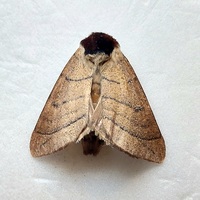
| Recorded by: Mark Basinger on 2025-05-08
Wilson Co.
Comment: | 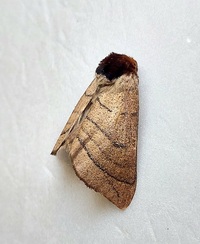
| Recorded by: Mark Basinger on 2025-05-08
Wilson Co.
Comment: |
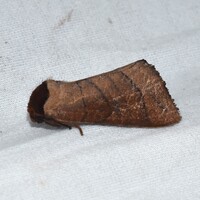
| Recorded by: David George, Jeff Niznik, Patrick Coin, Steve Hall, Carol Tingley, Tom Howard on 2024-07-27
Chatham Co.
Comment: | 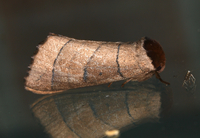
| Recorded by: Jim Petranka on 2024-07-09
Madison Co.
Comment: |
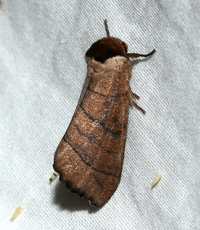
| Recorded by: David George on 2024-07-04
Chatham Co.
Comment: | 
| Recorded by: Mark Basinger on 2024-06-29
Rowan Co.
Comment: |
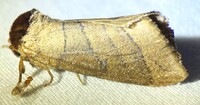
| Recorded by: Dean Furbish, Lior S. Carlson on 2024-06-17
Lincoln Co.
Comment: | 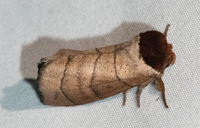
| Recorded by: Emily Stanley on 2024-06-06
Buncombe Co.
Comment: |
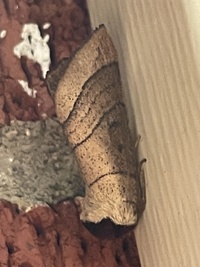
| Recorded by: Morgan Freese on 2024-06-01
Buncombe Co.
Comment: | 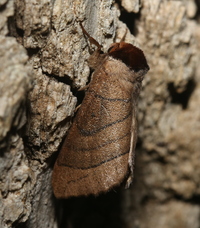
| Recorded by: David George, Jeff Niznik on 2024-06-01
Chatham Co.
Comment: |
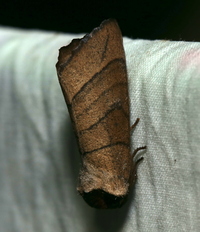
| Recorded by: David George, Jeff Niznik on 2024-05-25
Chatham Co.
Comment: | 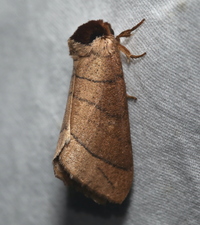
| Recorded by: David George, Rich Teper on 2024-05-13
Chatham Co.
Comment: |

| Recorded by: David George, Rich Teper on 2024-05-13
Chatham Co.
Comment: | 
| Recorded by: Stephen Dunn on 2023-09-04
Orange Co.
Comment: |
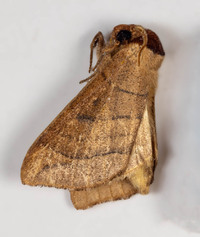
| Recorded by: Stephen Hall on 2023-08-18
Orange Co.
Comment: | 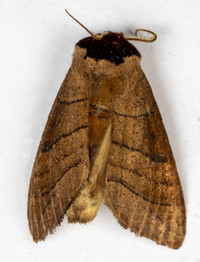
| Recorded by: Stephen Hall on 2023-08-18
Orange Co.
Comment: |

| Recorded by: David George, Stephen Dunn, Jeff Niznik on 2023-07-31
Swain Co.
Comment: | 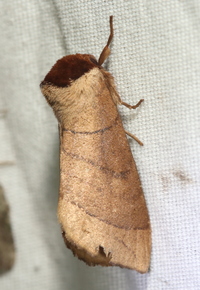
| Recorded by: David George, Stephen Dunn, Jeff Niznik, Rich Teper, Becky Watkins on 2023-07-30
Swain Co.
Comment: |
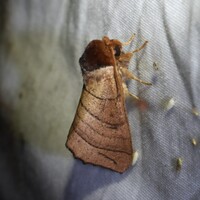
| Recorded by: David George, Stephen Dunn, Jeff Niznik, Rich Teper, Becky Watkins on 2023-07-29
Swain Co.
Comment: | 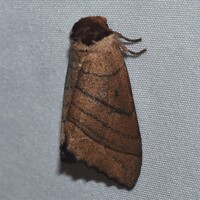
| Recorded by: Jeff Niznik on 2023-07-16
Durham Co.
Comment: |

| Recorded by: Jim Petranka and Becky Elkin on 2023-07-12
Madison Co.
Comment: | 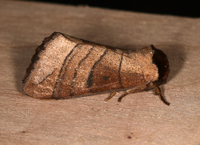
| Recorded by: Jim Petranka and Becky Elkin on 2023-07-12
Madison Co.
Comment: |

| Recorded by: Simpson Eason on 2023-07-11
Durham Co.
Comment: | 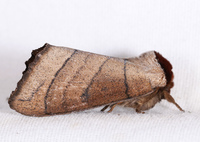
| Recorded by: John Petranka on 2023-07-04
Orange Co.
Comment: |

| Recorded by: Chuck Smith and Jim Petranka on 2023-06-29
Madison Co.
Comment: | 
| Recorded by: Stephen Hall on 2023-06-18
Orange Co.
Comment: |
|

 »
»